Your What does johnson grass look like images are ready in this website. What does johnson grass look like are a topic that is being searched for and liked by netizens now. You can Get the What does johnson grass look like files here. Download all royalty-free images.
If you’re searching for what does johnson grass look like images information connected with to the what does johnson grass look like topic, you have visit the right site. Our website always provides you with hints for seeing the maximum quality video and image content, please kindly search and locate more enlightening video content and graphics that fit your interests.
What Does Johnson Grass Look Like. Vaseygrass stems have hairs where the leaf meets the stem or on. It is a perennial plant that may reach 12 feet 37 m during a flowering phase. Buffalo grass is a type of prairie grass native to North America. Johnsongrass a coarse and generally clumping grass is one of the most troublesome of perennial grasses.
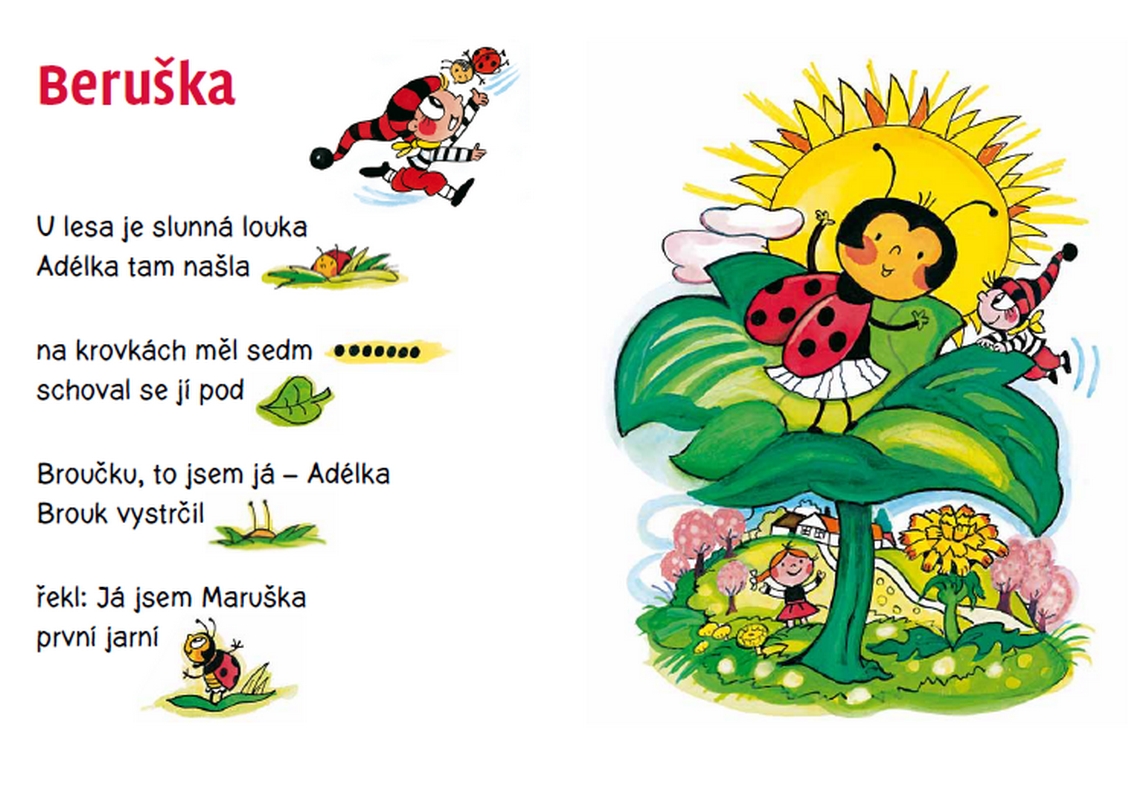 Kniha Obrazkove Basnicky Knizniklub Cz Butterfly Art Drawing Kids And Parenting Butterfly Art From cz.pinterest.com
Kniha Obrazkove Basnicky Knizniklub Cz Butterfly Art Drawing Kids And Parenting Butterfly Art From cz.pinterest.com
Johnson Grass can be identified by its spear-like leaves and long underground offshoots called rhizomes. Once established Johnson Grass is extremely difficult to get rid of so it is a good idea to pull it as soon as. As a seedling Johnsongrass looks similar to corn notes Oklahoma Cooperative Extension Service. While smooth crab grass tops out at 6 inches or so large crab grass can grow to heights of 2 feet. Johnson Grass is a plant in the grass family Poaceae known by the scientific name of Sorghum halepense. Learn what goosegrass looks like and how it differs from other weeds in our guide below.
Johnson Grass can be identified by its spear-like leaves and long underground offshoots called rhizomes.
Originally introduced into the United States as a forage crop it is now an agricultural pest in most states south of the 42nd parallel. However purpletop has four to seven florets per spikelet whereas Johnsongrass appears to have a single floret when viewed with the naked eye. Stem hair on guinea grass varies because of the different biotypes. Crabgrass looks like a coarse yellowish-green clump of grass. These blades are attached to a stem that spread out like a star. Quackgrass Identification Guide Look for these 5 things Identifying grassy weeds is a lot harder than identifying broadleaf weeds.
 Source: cz.pinterest.com
Source: cz.pinterest.com
It rapidly produces colonies is very competitive with crop plants and is especially a problem in California cotton fields. Crabgrass looks like a coarse yellowish-green clump of grass. The joints usually have a brown coloring on them. Annual bluegrass does well in compacted soil that is wet and high in nitrogen. Vaseygrass stems have hairs where the leaf meets the stem or on.
 Source: cz.pinterest.com
Source: cz.pinterest.com
Annual bluegrass does well in compacted soil that is wet and high in nitrogen. Annual bluegrass is a cool season annual grass that begins its life cycle in the fall. Inspection of the stems will show scattered but abundant hairs along the stem of guinea grass. The name buffalo grass stems from its long-ago use of sustaining herds of buffalo which once roamed the Great Plains of the United States. Stem hair on guinea grass varies because of the different biotypes.
 Source: cz.pinterest.com
Source: cz.pinterest.com
There are plenty of Crabgrass look-alikes that can be commonly mistaken as other lawn weeds. The leaves are distinctive in. Easily confused for the native grass Purpletop Tridens flavus. In California johnsongrass is found in the Central Valley Cascade Range. Goosegrass is an annual summer weed that is often confused with crabgrass and dallis grass.
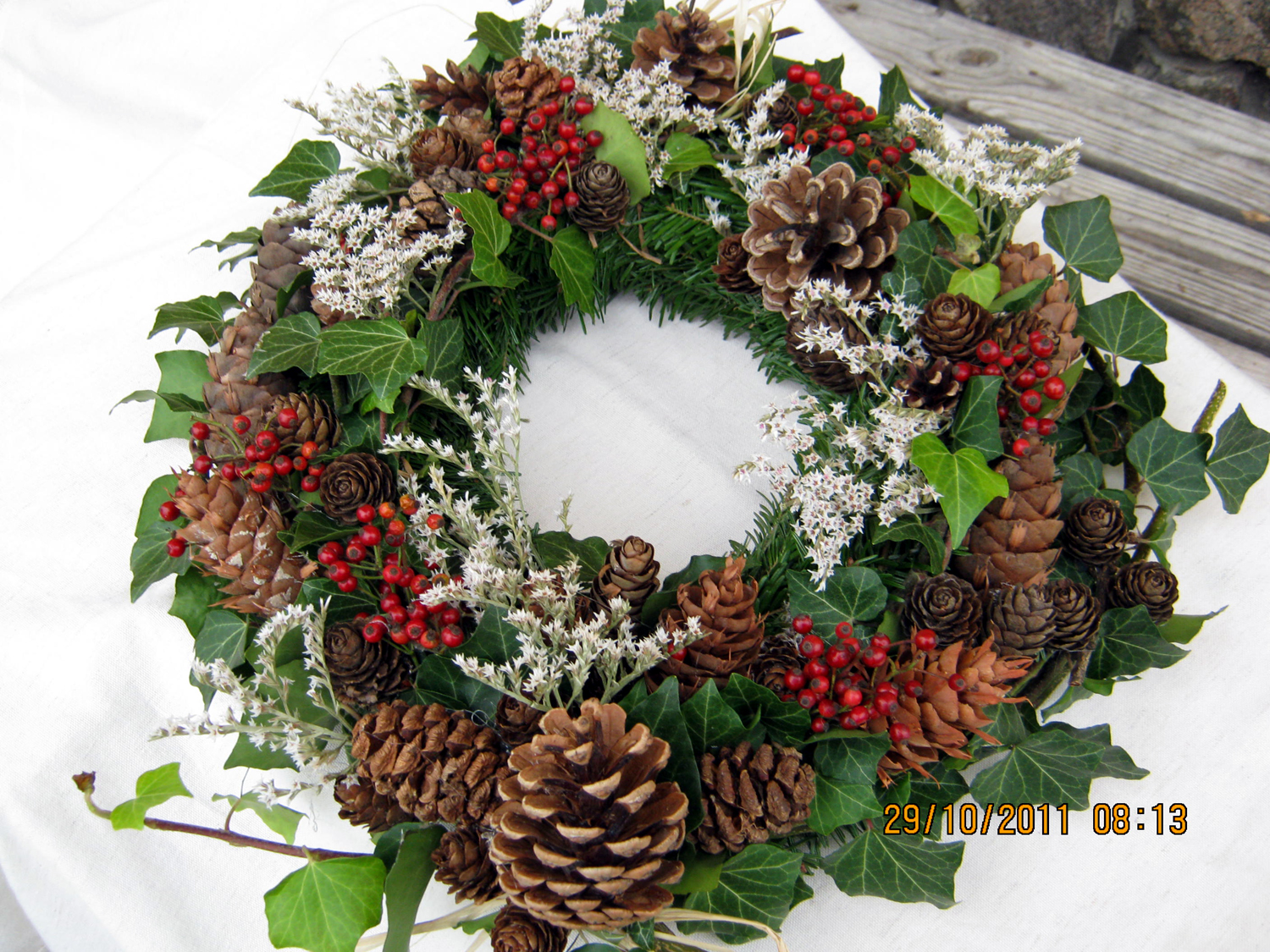 Source: cz.pinterest.com
Source: cz.pinterest.com
Both johnsongrass and Sudan grass are coarse-stemmed grasses with broad veined leaves that can grow to six feet in height. Learn the distinguishing factors to help identify the lawn weed in your. Learn what goosegrass looks like and how it differs from other weeds in our guide below. Dense johnsongrass infestations severely limited corn production until the relatively. Stem hair on guinea grass varies because of the different biotypes.
 Source: cz.pinterest.com
Source: cz.pinterest.com
Identifying Johnsongrass is the first step in controlling the weed. In California johnsongrass is found in the Central Valley Cascade Range. The life cycle ends in the springtime. Stem hair on guinea grass varies because of the different biotypes. Johnsongrass a coarse and generally clumping grass is one of the most troublesome of perennial grasses.
 Source: cz.pinterest.com
Source: cz.pinterest.com
While smooth crab grass tops out at 6 inches or so large crab grass can grow to heights of 2 feet. Quackgrass Elymus repens is a cool-season perennial grassy weed found in many. When Johnsongrass is newly forming it can look like corn seedlings. When the crabgrass starts to mature the plant has thicker blades than grass. White root is sometimes sort of flat instead of totally round 14 to 38 inches in diameter.
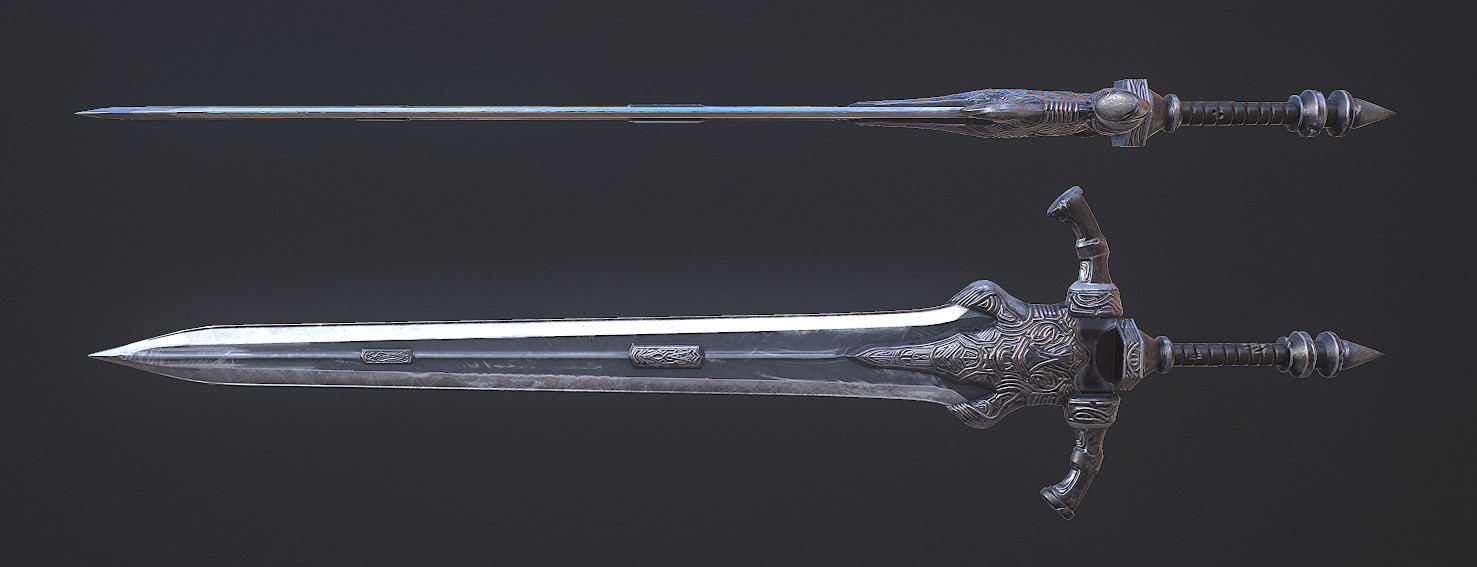 Source: cz.pinterest.com
Source: cz.pinterest.com
The name buffalo grass stems from its long-ago use of sustaining herds of buffalo which once roamed the Great Plains of the United States. Vaseygrass stems have hairs where the leaf meets the stem or on. Johnsongrass a coarse and generally clumping grass is one of the most troublesome of perennial grasses. It has a light green color that looks a lot like your grass. The name buffalo grass stems from its long-ago use of sustaining herds of buffalo which once roamed the Great Plains of the United States.
 Source: cz.pinterest.com
Source: cz.pinterest.com
It has a light green color that looks a lot like your grass. However purpletop has four to seven florets per spikelet whereas Johnsongrass appears to have a single floret when viewed with the naked eye. Goosegrass is an annual summer weed that is often confused with crabgrass and dallis grass. The life cycle ends in the springtime. Johnson grass looks nothing like either growing to 6 or 8 feet tall with wide leaves possessing.
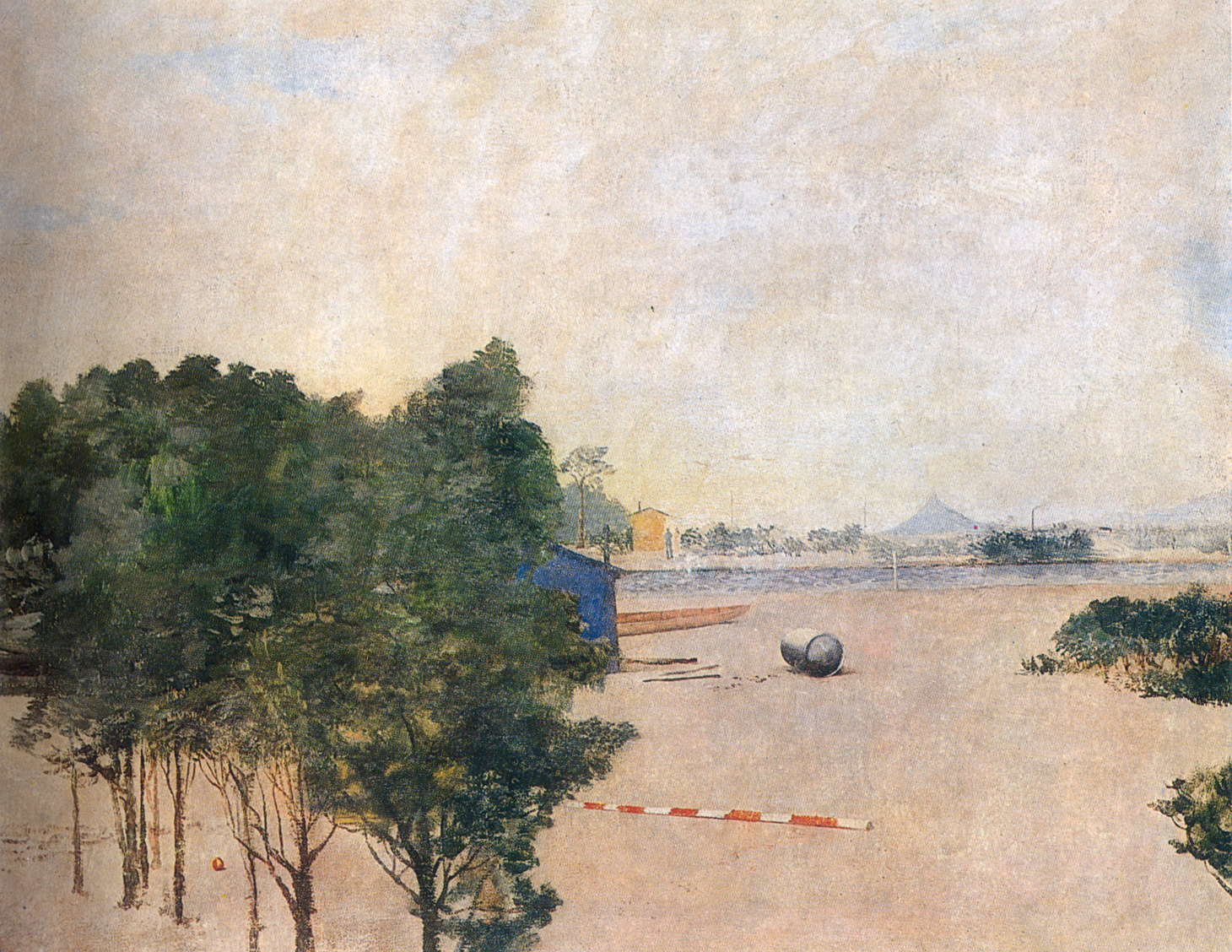 Source: cz.pinterest.com
Source: cz.pinterest.com
Goosegrass is an annual summer weed that is often confused with crabgrass and dallis grass. When the crabgrass starts to mature the plant has thicker blades than grass. It is native to the Mediterranean region of Europe and Africa but has been introduces to all continents except Antarctica. Both produce large multibranched seed heads. Johnsongrass a coarse and generally clumping grass is one of the most troublesome of perennial grasses.
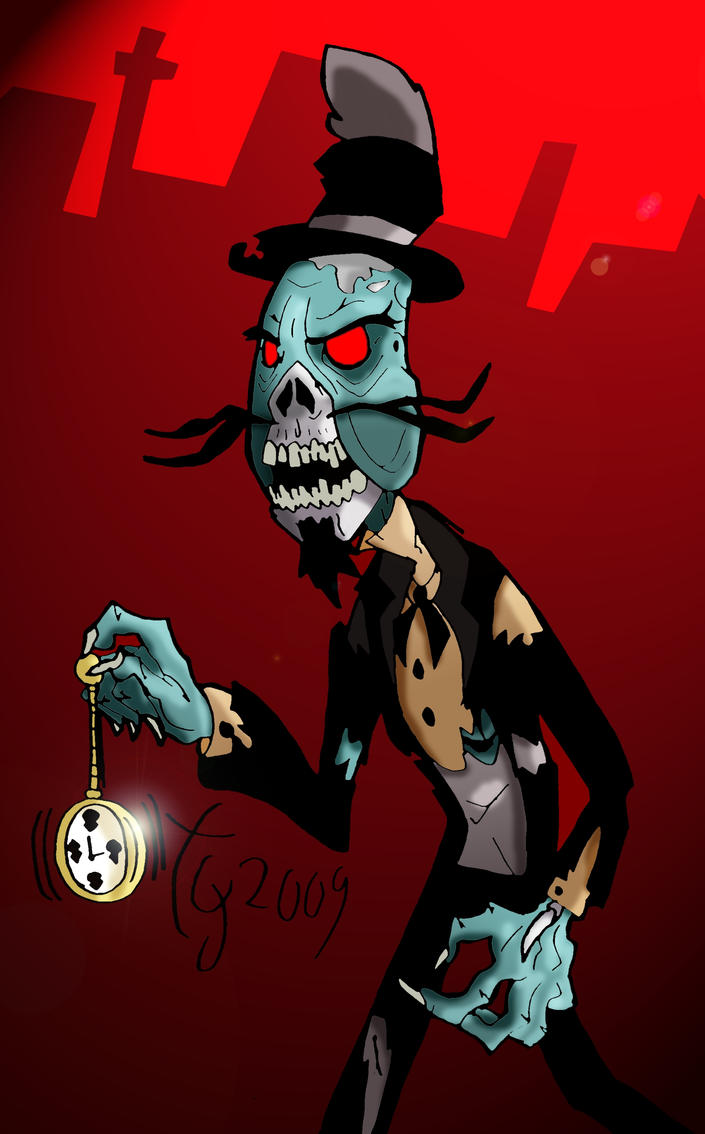 Source: cz.pinterest.com
Source: cz.pinterest.com
Because it is in the same family as sweet corn many gardeners mistake the invasive weed for one of their vegetable plants. The name buffalo grass stems from its long-ago use of sustaining herds of buffalo which once roamed the Great Plains of the United States. Johnsongrass a coarse and generally clumping grass is one of the most troublesome of perennial grasses. Crabgrass can look smaller with smooth blades and can grow up to 6 inches or crabgrass can look taller and grow up to 48 inches with hairy blades. While smooth crab grass tops out at 6 inches or so large crab grass can grow to heights of 2 feet.
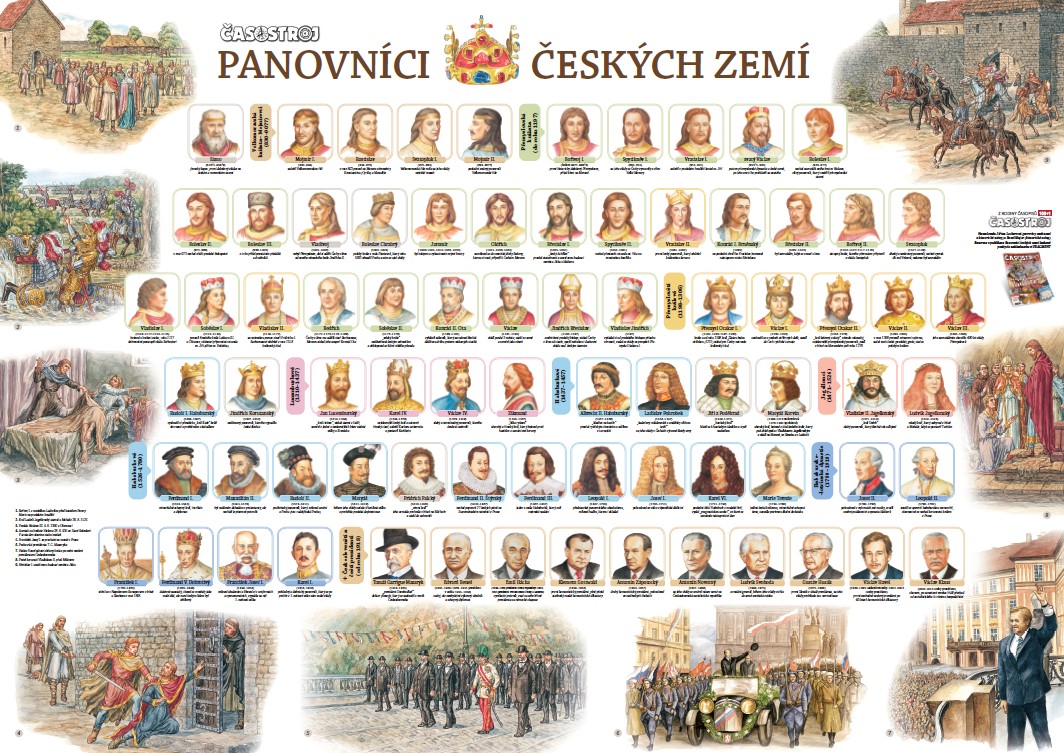 Source: cz.pinterest.com
Source: cz.pinterest.com
In California johnsongrass is found in the Central Valley Cascade Range. Each joint usually has small roots or a spur growing from it. There are plenty of Crabgrass look-alikes that can be commonly mistaken as other lawn weeds. The leaves are distinctive in. It is a perennial plant that may reach 12 feet 37 m during a flowering phase.
 Source: cz.pinterest.com
Source: cz.pinterest.com
Both produce large multibranched seed heads. The leaves are distinctive in. When Johnsongrass is newly forming it can look like corn seedlings. The joints usually have a brown coloring on them. Johnson Grass is a plant in the grass family Poaceae known by the scientific name of Sorghum halepense.
 Source: cz.pinterest.com
Source: cz.pinterest.com
Identifying Johnsongrass is the first step in controlling the weed. Crabgrass can look smaller with smooth blades and can grow up to 6 inches or crabgrass can look taller and grow up to 48 inches with hairy blades. Crabgrass looks like a coarse yellowish-green clump of grass. When the crabgrass starts to mature the plant has thicker blades than grass. Grassy weeds dont tend to stand out as much from one another so it can sometimes be hard to know what weed youre looking at.
 Source: cz.pinterest.com
Source: cz.pinterest.com
When the crabgrass starts to attack and claim more. Johnson Grass is a plant in the grass family Poaceae known by the scientific name of Sorghum halepense. Johnson grass has a white root system that is jointed every 2 or 3 inches. Various common names are applied to seagrass species such as turtle grass eelgrass tape grass spoon grass and shoal grass. It can be found growing from Montana in the United States all the way to Mexico and in some coastal areas of Louisiana and Texas.
 Source: cz.pinterest.com
Source: cz.pinterest.com
The leaves are smooth on both sides and the flowers have a greenwhite color. There are plenty of Crabgrass look-alikes that can be commonly mistaken as other lawn weeds. It can be found growing from Montana in the United States all the way to Mexico and in some coastal areas of Louisiana and Texas. Crabgrass can look smaller with smooth blades and can grow up to 6 inches or crabgrass can look taller and grow up to 48 inches with hairy blades. It is a perennial plant that may reach 12 feet 37 m during a flowering phase.
 Source: cz.pinterest.com
Source: cz.pinterest.com
Learn what goosegrass looks like and how it differs from other weeds in our guide below. Annual bluegrass does well in compacted soil that is wet and high in nitrogen. Learn the distinguishing factors to help identify the lawn weed in your. Johnsongrass stems are totally smooth with no hairs. The leaves are distinctive in.

In California johnsongrass is found in the Central Valley Cascade Range. It can be found growing from Montana in the United States all the way to Mexico and in some coastal areas of Louisiana and Texas. It has a light green color that looks a lot like your grass. There are plenty of Crabgrass look-alikes that can be commonly mistaken as other lawn weeds. These names are not consistently applied across countries.
 Source: cz.pinterest.com
Source: cz.pinterest.com
Both produce large multibranched seed heads. These blades are attached to a stem that spread out like a star. The leaves are smooth on both sides and the flowers have a greenwhite color. Goosegrass is an annual summer weed that is often confused with crabgrass and dallis grass. However purpletop has four to seven florets per spikelet whereas Johnsongrass appears to have a single floret when viewed with the naked eye.
This site is an open community for users to do sharing their favorite wallpapers on the internet, all images or pictures in this website are for personal wallpaper use only, it is stricly prohibited to use this wallpaper for commercial purposes, if you are the author and find this image is shared without your permission, please kindly raise a DMCA report to Us.
If you find this site good, please support us by sharing this posts to your favorite social media accounts like Facebook, Instagram and so on or you can also save this blog page with the title what does johnson grass look like by using Ctrl + D for devices a laptop with a Windows operating system or Command + D for laptops with an Apple operating system. If you use a smartphone, you can also use the drawer menu of the browser you are using. Whether it’s a Windows, Mac, iOS or Android operating system, you will still be able to bookmark this website.





